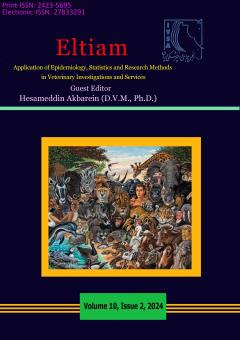The claw quality is a product of claw shape, characteristics of the horn and anatomy of the inner structure. Hoof health is largely determined by the production of good quality horn of adequate resistance. The functional integrity of hoof horn essentially depends on a p
More
The claw quality is a product of claw shape, characteristics of the horn and anatomy of the inner structure. Hoof health is largely determined by the production of good quality horn of adequate resistance. The functional integrity of hoof horn essentially depends on a proper differentiation, i.e., keratinization of hoof epidermal cells. Keratinization of hoof epidermis is controlled and modulated by a variety of bioactive molecules and hormones. This process is dependent on an appropriate supply of nutrients including vitamins, minerals, and trace elements. Regulation and control of differentiation and nutrient flow to the epidermal cells play a central role in determining the quality and, consequently, the functional integrity of hoof horn. Decreasing nutrient supply to keratinizing epidermal cells leads to horn production of inferior quality and increased susceptibility to chemical, physical, or microbial damage from the environment. A growing body of evidence suggests that hormones, vitamins, minerals, and trace elements play critical roles in the normal development of claw horn and correct keratin formation. Increasing the bioavailability of trace minerals improves their utilization and thus contributes to an improved integrity of keratinized tissues.
Manuscript profile


